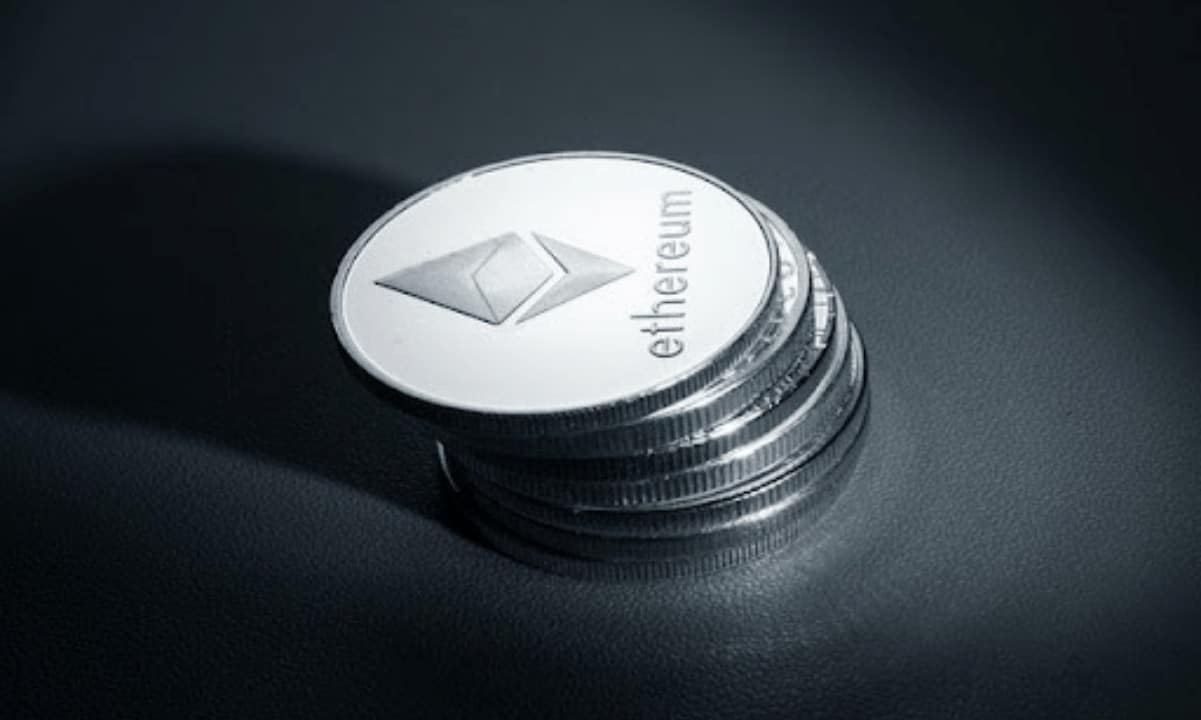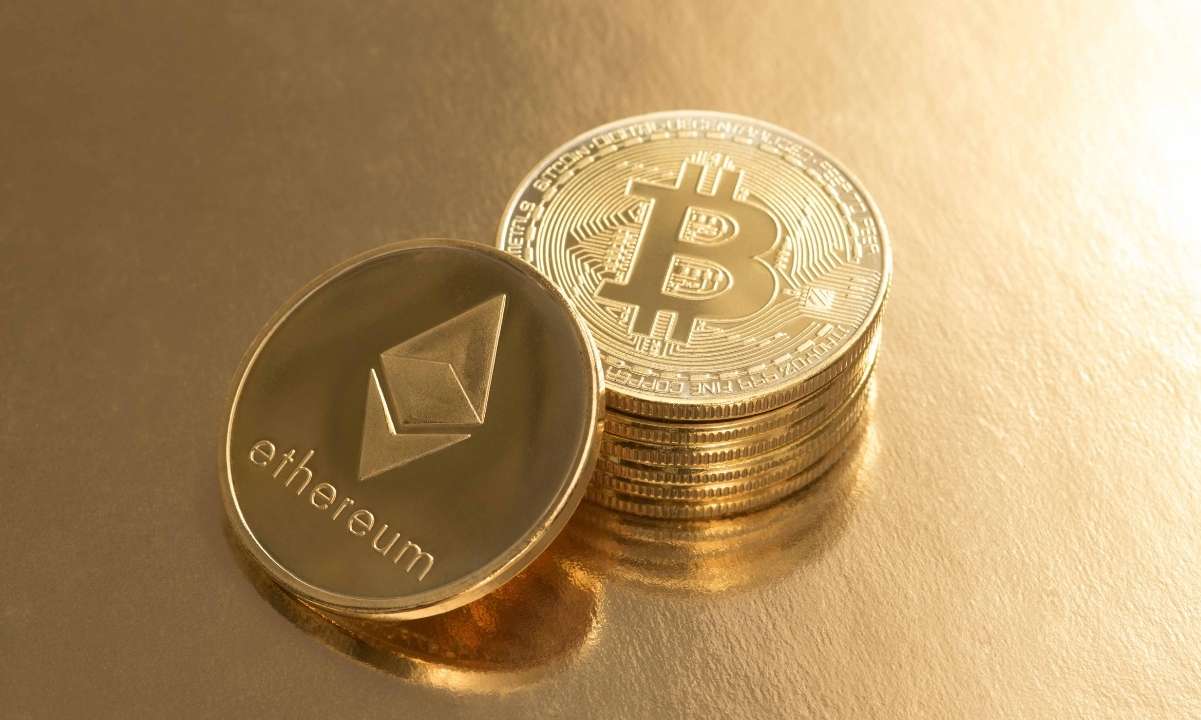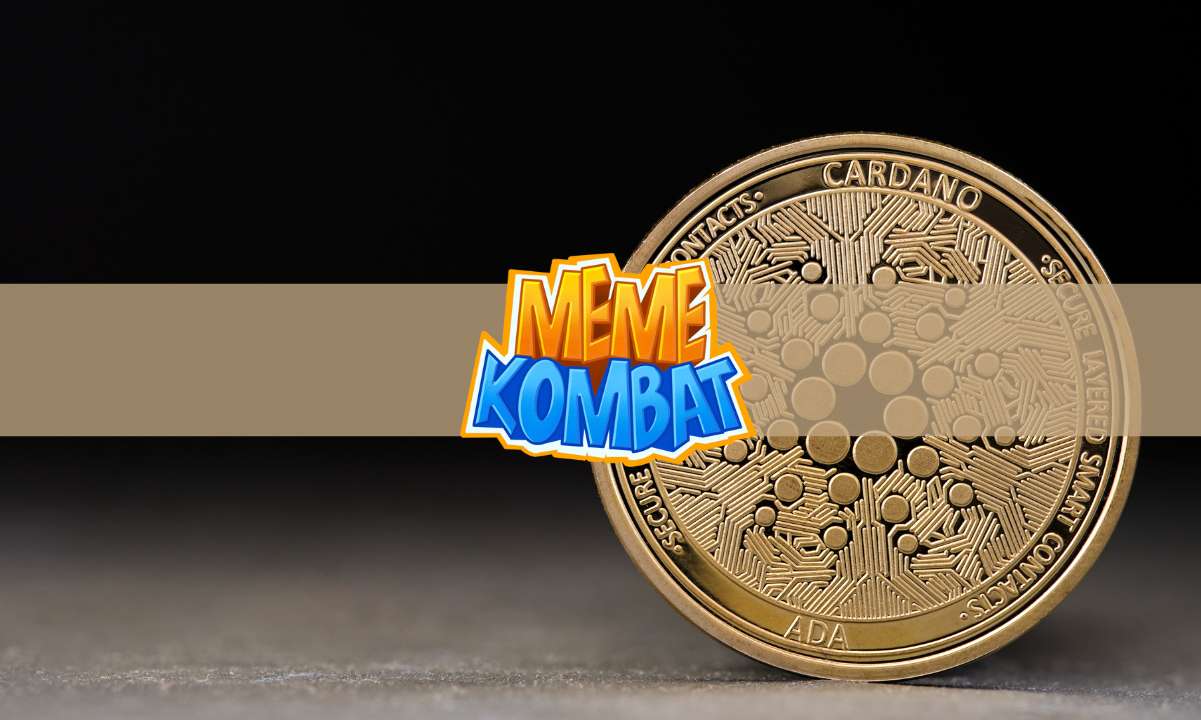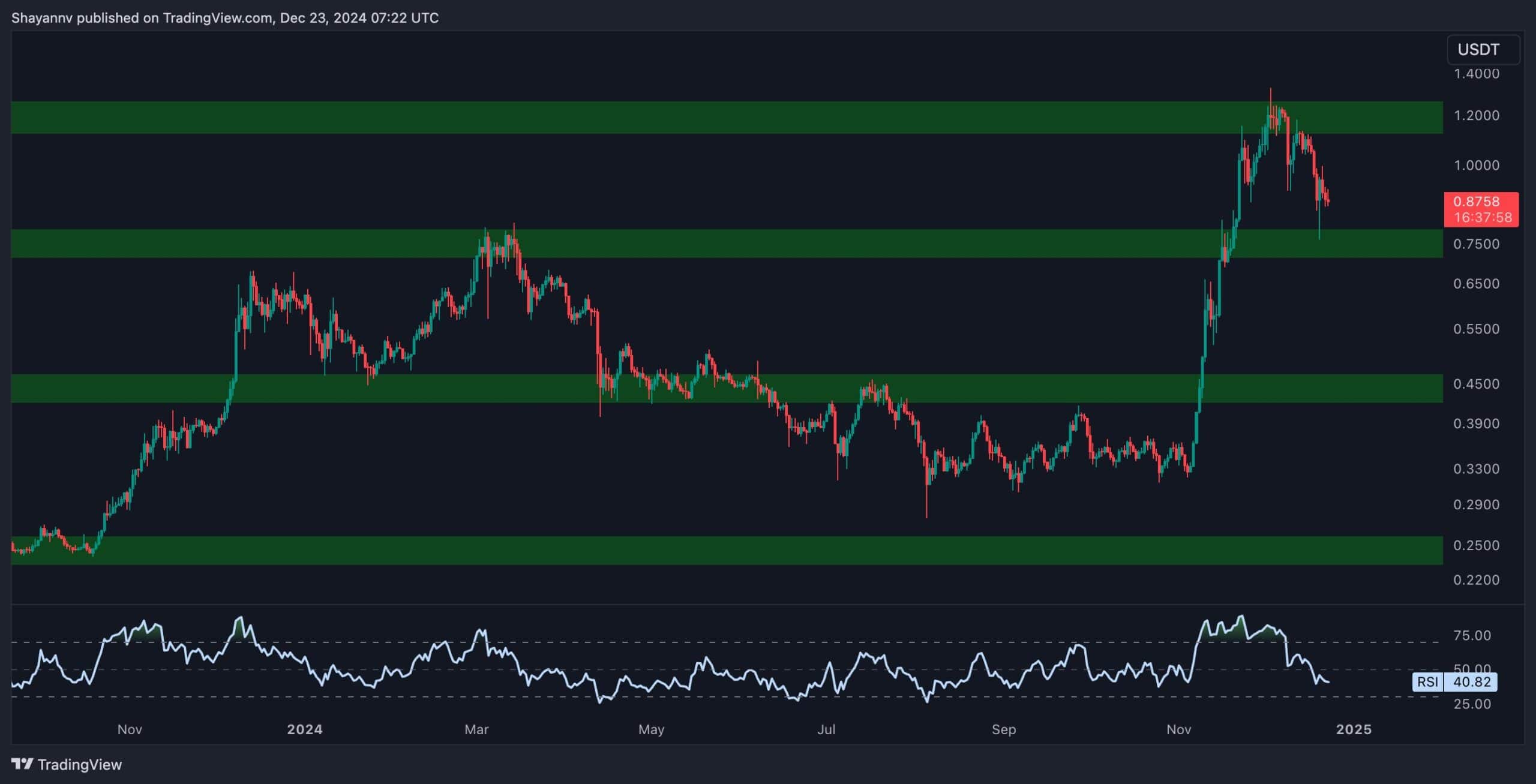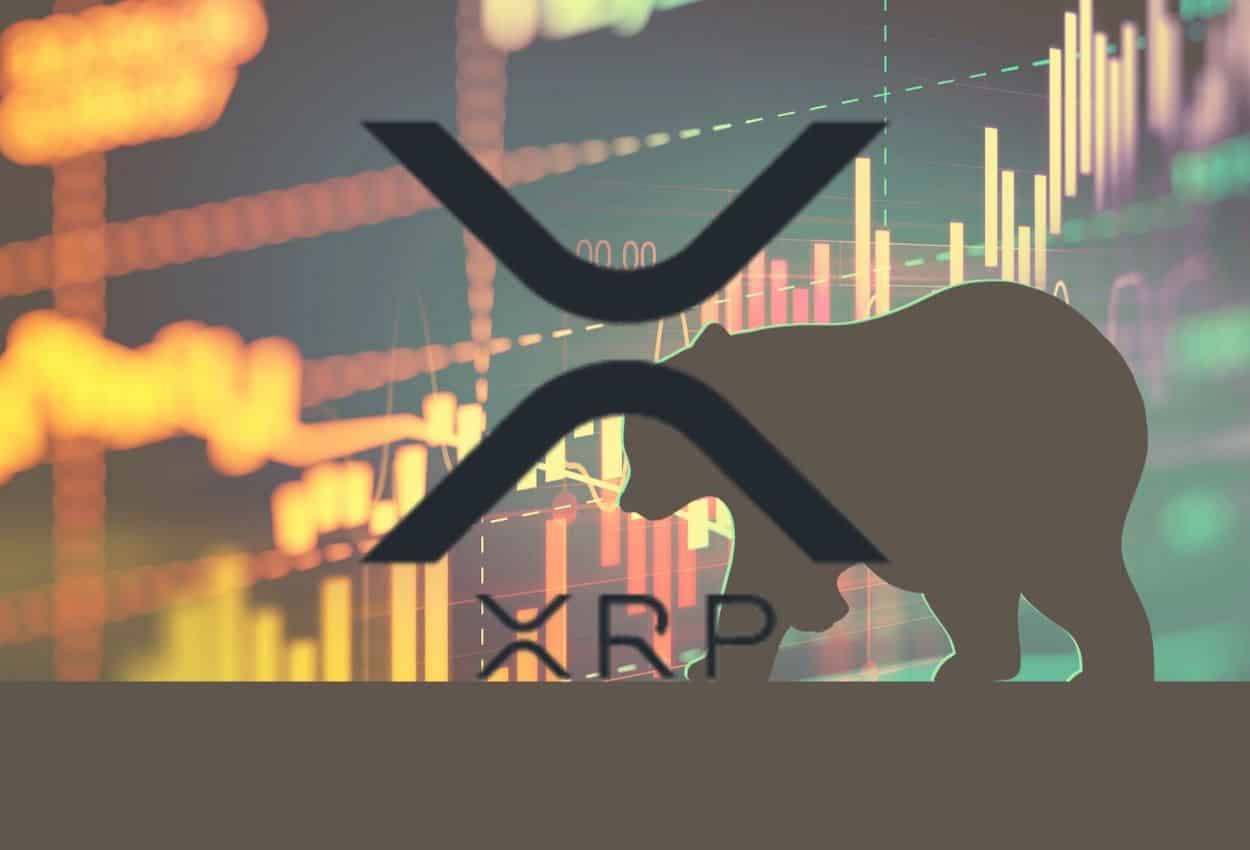Bitcoin Will Die The Minute An Altcoin Flips It, Cardano Founder Says
The Bitcoin bull run has left no one indifferent. Over the past few weeks, it has been the favourite discussion among experts. Some think Bitcoin will go to the moon, and others believe Bitcoin will die. Charles Hoskinson, the founder of Cardano, is among the Bitcoin skeptics.
In an interview shared on Cardano’s official subreddit, Hoskinson assured that – just like fiat money – the only valuable thing Bitcoin has is its acceptance. For this reason, it will eventually die when it loses its only strong point: popularity.
Bitcoin is only valuable because it’s valuable. It has no technological advantages. In fact, it’s the least advanced of all cryptocurrencies, the least futuristic. There is no reason for it other than the fact that it exists.
“Ok Bitcoiner”
Cardano is a third-generation blockchain, which is why Hoskinson gives it greater potential value than Bitcoin. Bitcoin is a First Generation blockchain. It basically moves coins from one wallet to another wallet, and that’s it.
Ethereum is an example of a second-generation blockchain. In addition to sending value, smart contracts allow people to condition those operations, making the blockchain more functional. However, these blockchains suffer from some design flaws that make it difficult for them to stand the test of time.
On the other hand, as a third-generation blockchain, Cardano seeks to solve the famous Blockchain Trilemma, adding a series of technologies to the second-generation blockchains. Ultimately, this should make the network scalable, secure and efficient without losing its decentralization.

Hoskinson added that Bitcoin needs to achieve some significant developments for it to be on par with its competitors.
The minute that it gets flipped by another cryptocurrency, unless they can find a way to innovate again, Bitcoin will die because there is no reason to hold it over its neighbors.
Several developments focus on improving Bitcoin—the most prominent being Segwit, Taproot, Schnorr signatures, and the Lightning Network. Theoretically, once they are all implemented, Bitcoin could handle an exponentially higher volume of transactions.
Bitcoin Needs a Better Governance System to Survive
However, Hoskinson says on the interview that the decentralized nature of the community, and lack of directionality, have cost developers a lot of lost time.
“Bitcoin lost some of its earliest and best people over just the block size-a system parameter. It just tells you, if you can’t even agree on something so trivial as a block size, then how do you get post-quantum crypto when quantum computers come,? How do you get smart contracts?”
Hoskinson touched on issues that could be key in the future. From his perspective, the lack of consensus among developers may bring problems when facing future matters such as network restructuring, the management of the blockchain when it reaches excessive sizes in the order of petabytes of information, and similar non-discussed issues.
To solve those problems, the blockchain needs a governance system that, from Hoskinson’s point of view, Satoshi Nakamoto could not conceive.
So what is the future of the crypto ecosystem? The cycle of life applied to the blockchain: Bitcoin dies and gives way to a better blockchain, with all the goods and none of the bads.
“It’ll absorb all the goodness of that system but won’t carry any of the bad characteristics. So you’ll still have the blockchain component, it’ll still settle transactions the way Bitcoin does … But then you’ll have smart contracts, governance, interoperability and much faster capabilities, the ability to global scale and work really well on a cellphone and have privacy and all these additional features and functionalities.”
Too bad Hoskinson doesn’t work on Bitcoin

